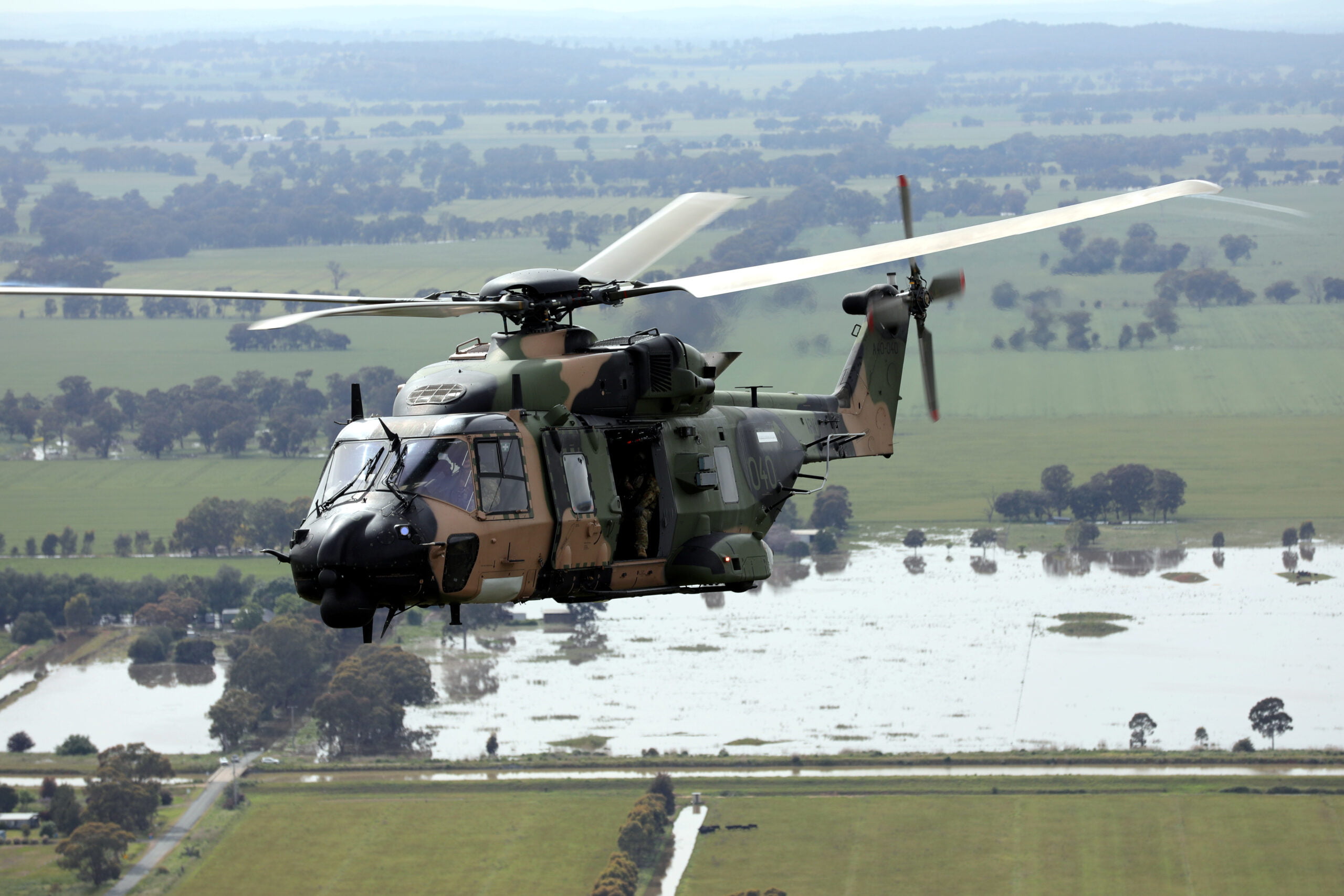As to Tiger, ... more importantly network within the ADF's digital framework made it obsolete before it entered service. Tiger looked great on paper, but the reality didn't live up to the paradise brochure.
This offers an excellent example of the importance of lessons being actually identified and of the point I raised elsewhere about something available now but obsolete soon v something that will be suitable soon, but comes with risk.
First off - what digital framework? The first two Tigers land in Oakey on 08 Dec 04. LAND 75, the Army's first attempt at a battlefield management system, kicks off
Nov 09. Even if you assume Blue Force Tracker as the default option because of Abrams, the FMS agreement with the US was signed in Jun 04 - by which time Tiger's 001 - 004 were all in various stages of final construction/testing. Link 16 was an option - it was in use by RAAF to some extent - but it was determined that the extra expense was probably not worth it because the Tiger's main operating area was not part of the battlespace that the RAAF controlled.
Secondly - look at what the Land Force is in 1997. There is nothing digital. The main radios are RT-F200 and RT-F500 for the V/UHF side and RT-F100 for HF. All analogue, all rely on additional elements for crypto. Frankly, the Army doesn't know enough about incoming technology like BMS or digital radios. When CA defines Hardened Networked Army in 2004 (arguably the most important call for Army since 1975) it comes from (a) the clear need to be one and (b) what Tiger and Apache showed. Tiger is the first platform in Army with digital radios (in fact, the AN/ARC-210s Army ordered included ones to upgrade some of the RAAF ones - to bring them up to Tiger's standard...), SATCOM capability and with a BMS. Now, Eurogrid becomes an orphan - but at the time of delivery that wasn't known
Thirdly - there were two main Australianisations made to ARH, one of which was the HF system. Unlike Europe, our expected battlefield in 1997 (remember - Defence of Australia time) is here. The Army relies of HF significantly, because nothing else can have the range. Look at how 161 Recce Sqn and 2 Cav Regt operate through the 90s and 00s with Divisional reconnaissance screens, it's bloody impressive. None of the AIR87 aircraft have it; we added it to fit within our doctrine and planning.
Fourthly - look at the competitors. If your view is that Tiger is obsolete because it cannot communicate within the ADFs non-existent digital network, then none of the competitors do. In fact, if you compare the last three, each come with digital radios, but neither Apache nor Cobra come with Blue Force Tracker (and in fact, it isn't until 2010 that the US Services agree to make a BFT that integrates across their own services - a hypothetical Australian Cobra with BFT cannot communicate with the actual Australian Army Abrams BFT...).
With this in mind, what were the people in charge of AIR87 to do? Buy a platform for delivery in 2004 noting the idea for HNA hasn't happened, and LAND 75 isn't even a glimmer, or wait until those are known? In which case, we would be taking delivery of our first attack helicopters...in 2014. Except, even then we would have a problem, because the ARH delivery in 2014 would come with the Elbit BMS, which means it is not compatible with the ADF digital network in 2023. So, we push AIR87 to the right again, and treat LAND 4503 as the new ARH purchase. Which means our Kiowa and Huey replacement will be finally delivered in 2028. I don't know about you, but I cannot see Huey's and Kiowa's lasting until 2028. I love my Kenny's, but they weren't a serious battlefield helicopter after 2000. Now look at what this does to Army and ADF capability, retention for aircrew, the feasibility of 1 Avn Regt (with flow on effects to AAvn), the degraded battlefield effects, a whole host of flow on effects.
Finally, as an aside. One of the key selling points of ARH was it was a digital aircraft. Which means adding systems is theoretically easy, because it all conforms to the same MILSTD 1553 requirement. Ironically, exactly what we are pushing on the ground force now with Generic Architectures. And it was that that allowed the relative ease in successfully adding BMS to it. So while it did not deliver with the Army's digital network, until external influences changed which way Army would go, Tiger could, and did, integrate.

